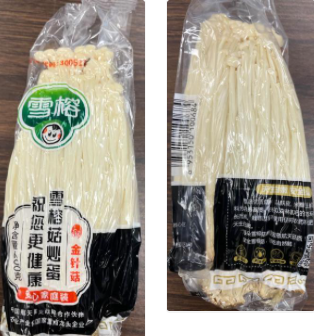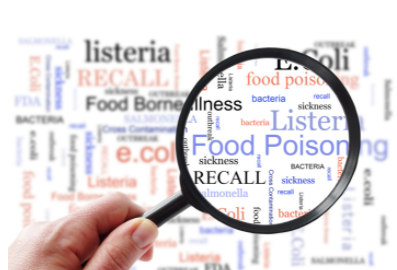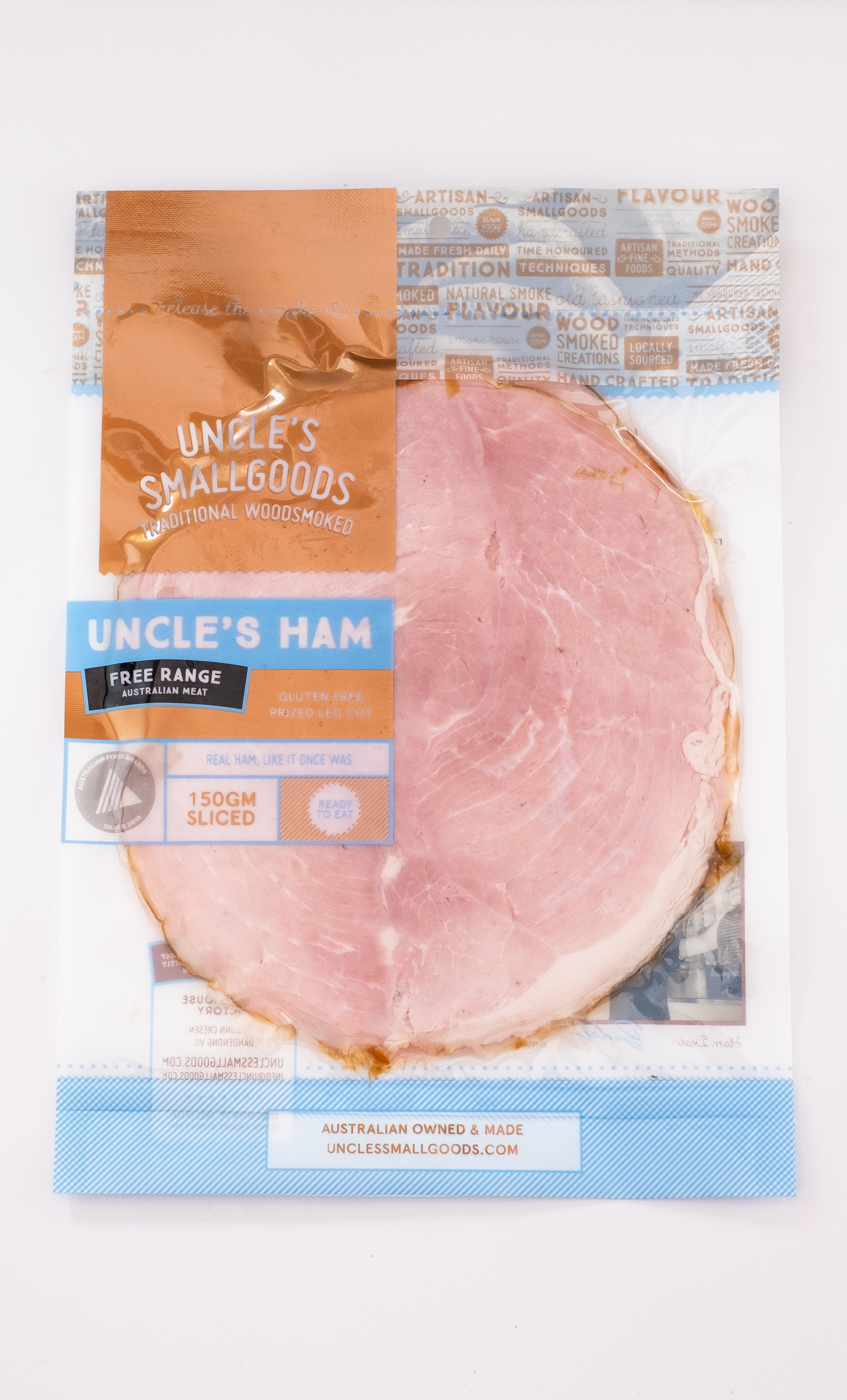March 16, 2022- Another Enoki mushroom recall, the CFIA reported that Longsheng (Canada) Agricultural Products Ltd. recalled Golden Medal brand Enoki Mushroom from the marketplace due to possible Listeria monocytogenes contamination. The recalled product has been sold in British Columbia and may have been distributed in other provinces and territories. Canadian Food Inspection Agency test results triggered this recall. There have been no reported illnesses associated with the consumption of this product. @ https://recalls-rappels.canada.ca/en/alert-recall/golden-medal-brand-enoki-mushroom-recalled-due-listeria-monocytogenes?utm_source=r_listserv




